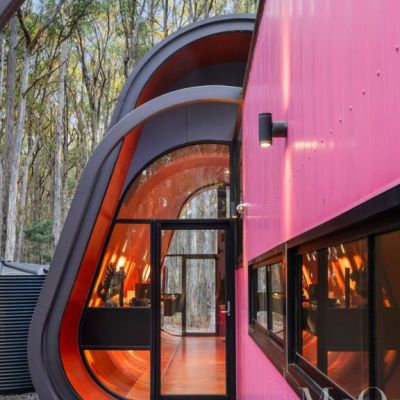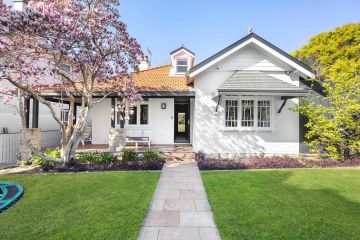Cannot afford a luxury apartment? Try one on wheels instead
If a luxury apartment atop a residential tower is too pricey, consider a version on wheels.
To combat the cost of living, caravans are taking pride of place on verdant blocks of land, which can be bought for a song in regional areas, in equal measure to them zipping around coast and the Red Centre.
These new designs are more like flash units on the go than the nostalgic aluminum Cornets of the 1970’s and 80’s. What’s more, they are providing a viable and often palatial option for people who may be downsizing or seeking a lifestyle shakeup.
A broader range of buyers are recognising vans and portable homes – a category which includes granny flats and tiny homes – are a viable long-term residence, imbued with all the bells and whistles.
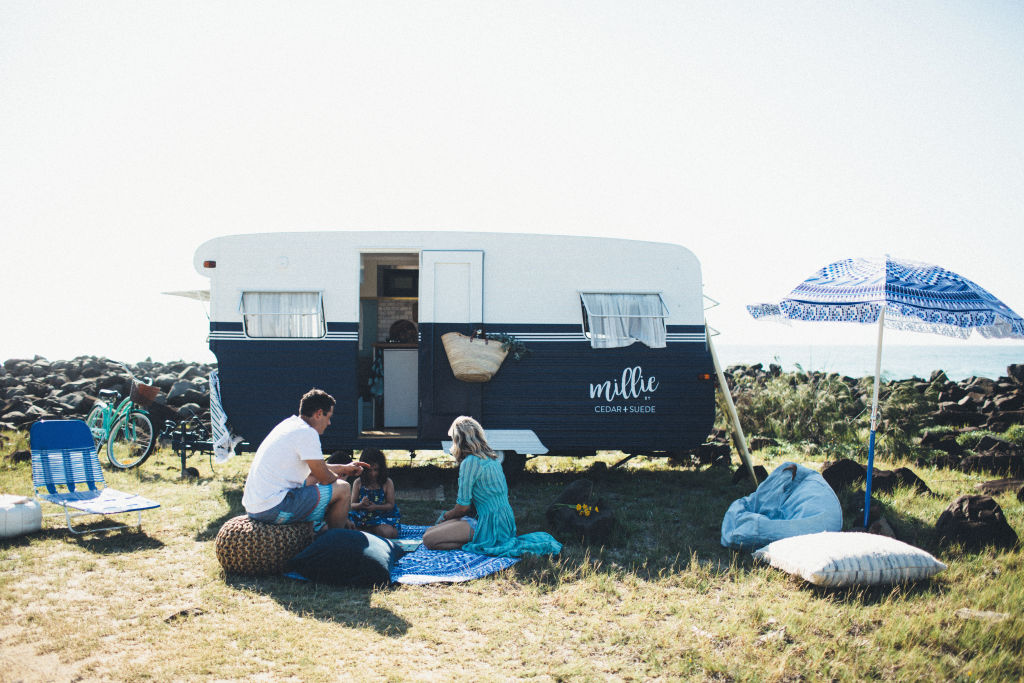
It makes sense that manufacturers are inspired by residential design in what they proudly roll off the factory floor.
Council rules differ from state to state in regards to whether a caravan can be permanently parked on an empty plot and, unlike a granny flat that is an adjunct to a main house, these are subject to council approvals.
Listings for blocks of land stipulate that consideration. Tiny homes are also classed as caravans under the by-laws.
This year, Domain columinst, interior designer and The Block star Carlene Duffy wrote a column detailing how caravans can teach us about small-space living – a modern reality in a market squeezed by prices and supply. Duffy has restored five caravans.
Melbourne-based Crusader Caravans, which has 220 workers in Epping, is selling vans to Aussies from all walks of life, atop the booming holiday-maker market. They have 30 new models, and the business has consistently won awards.
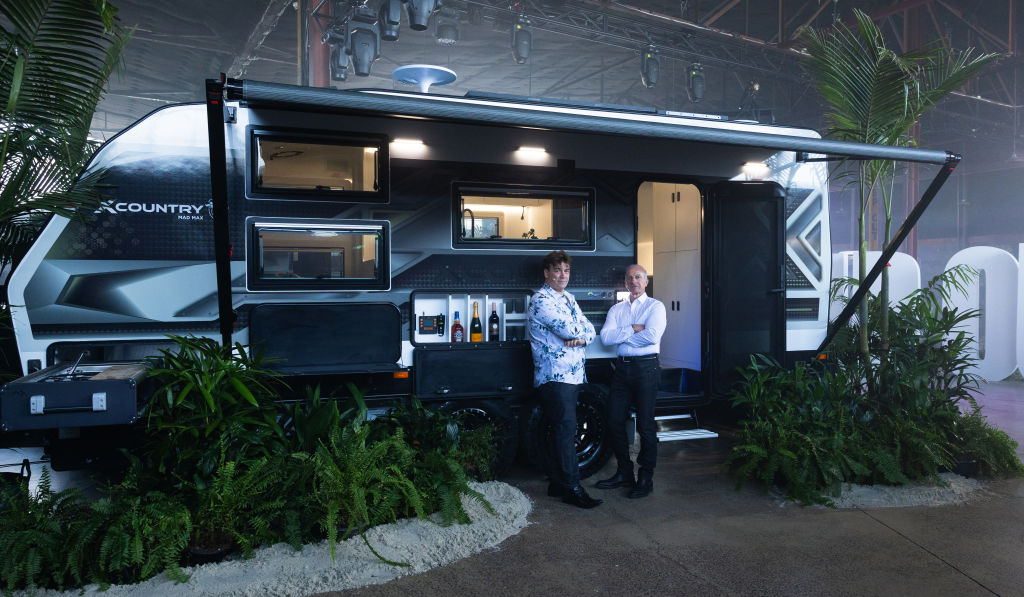
“We have two interior designs who have reshaped and revamped the vans,” the managing director Michael Paidoussis says. “So far, we cannot believe the response.
“When people walk in the vans, people are blown away by what is in them, and they don’t have to think too hard about what else to put in them.
“They do look like a luxury boutique apartment on the inside, and with the new design they look completely different on the outside.”
Downsizers and lifestyle-change seekers are among the clientele. They have a residence-on-wheels feel – right down to just the right spot to store and chill champagne.
“What we wanted to try to do was not replicate a luxury apartment, because there are nuances, but we were cognoscente of giving them the aesthetic experience overlaid with the functionality,” Paidoussis says.
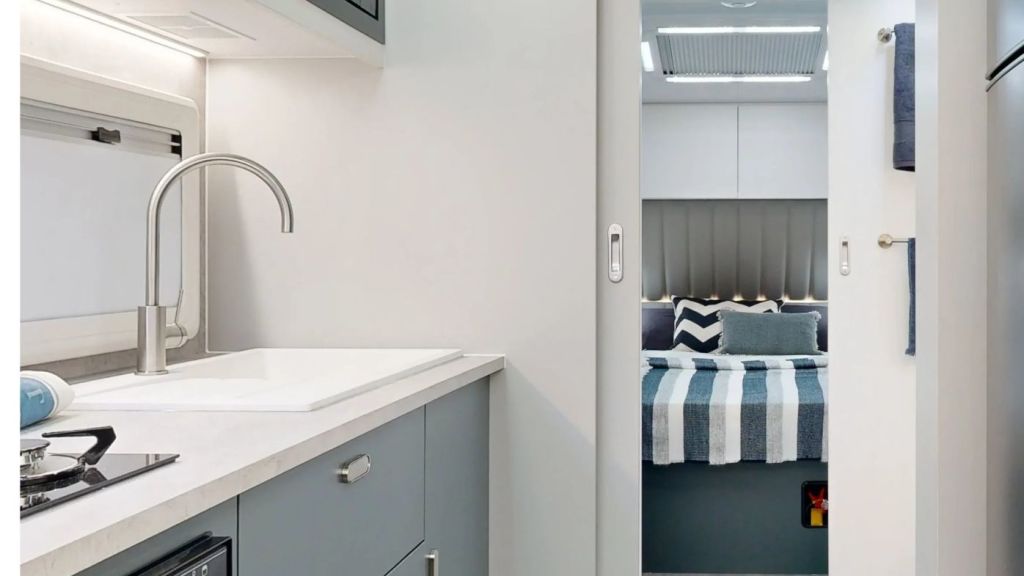
Some of these features are roomy showers, mood lightening, dimmer switches, automation, bespoke upholstery, and beds that are suited to people over six foot, CEO and founder Serge Valentino says.
“These are things they could not have had in their home, but now they have them in their caravan, and their actual homes are second rate to the caravan,” Valentino says.
New South Wales-based company VanHomes – which makes folding, transportable studios – has noted a spike in customers who are property debutants and priced out of traditional bricks and mortar.
The clientele used to be older downsizers, VanHomes founder Vito Russo says, but that has changed as the market has become tougher to break into, rents have soared and deposits ballooned.
The properties do not require a permit if placed in a backyard, alongside an existing dwelling, Russo explains. If they are set solo on vacant land, council approvals are required, which also applies to caravans.
Blocks of land – perfect for a van or a tiny home – for sale right now in Victoria
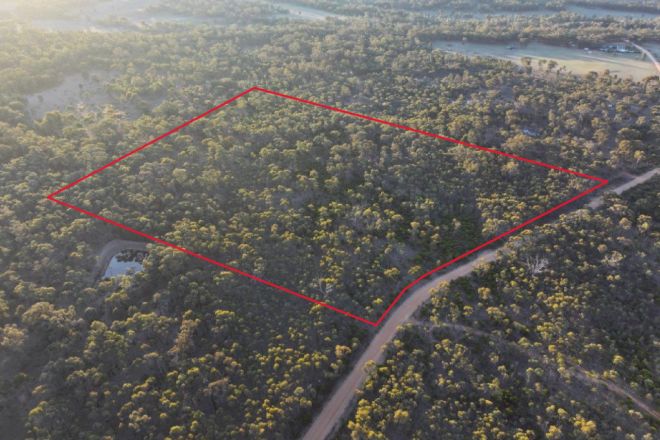
“Camp, caravan and enjoy” – the listing for the $200,000 Mallee region property sums it up.
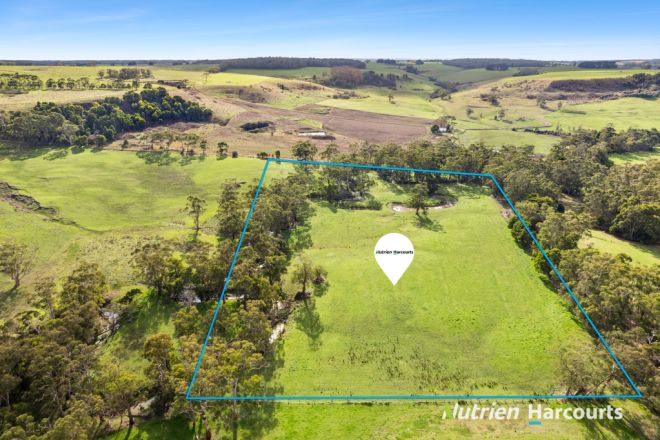
The buyer could run stock or start a small hobby farm, from a verdant parcel, near to the town of Timboon.
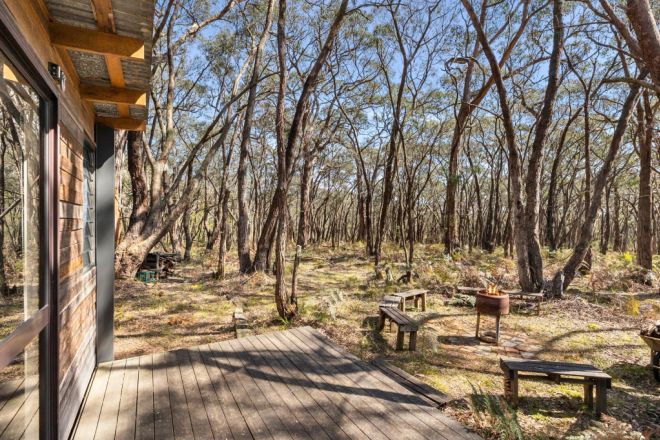
This property has both a tiny home and a caravan on site, in a “hideaway” spot where, when the sun does down, it is just you and the Milky Way.
We recommend
How long does it really take to get a home loan these days?
Popular Melbourne pub business collapses
We thought you might like
States
Capital Cities
Capital Cities - Rentals
Popular Areas
Allhomes
More


